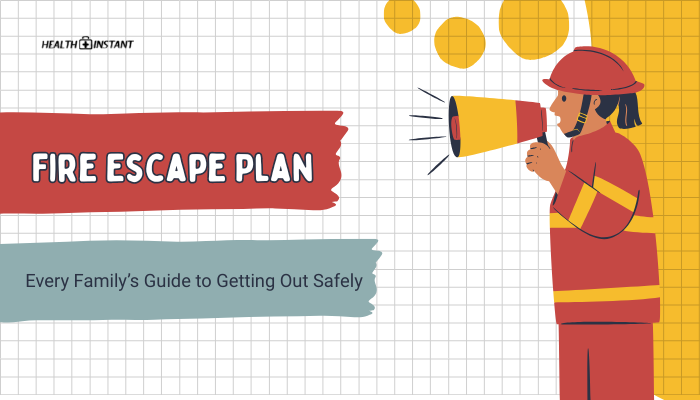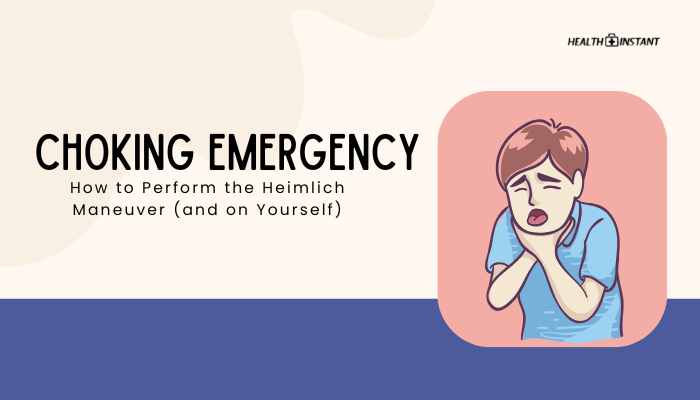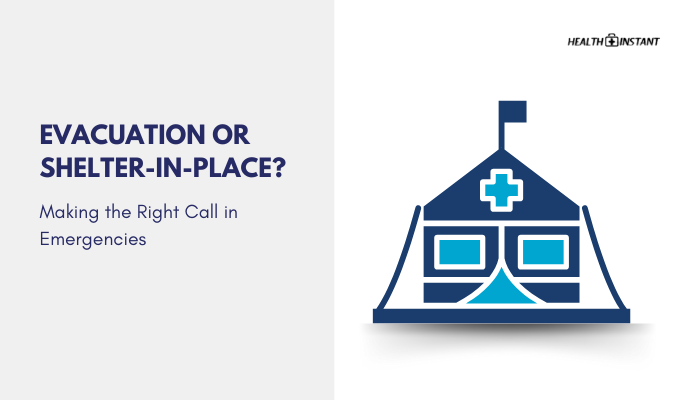Introduction
House fires can happen quickly and spread in minutes. Having a well-thought-out fire escape plan can ensure that you, your children, and even your pets know exactly what to do and where to go if a blaze breaks out.
This guide covers the key steps to design, practice, and execute a home fire escape strategy, as well as basics of fire safety. Even if you never face a real emergency, being prepared grants peace of mind and can save precious seconds that could save a life.
Why a Fire Escape Plan Is Essential
- Speeds Up Evacuation: In a panic-inducing event, a predefined plan removes guesswork, cutting down time spent deciding exits or routes.
- Prevents Chaos and Confusion: Every family member (including children) knows their role, route, and meeting place.
- Reduces Injury Risk: Clear instructions limit backtracking or re-entering burning rooms to search for each other.
- Complies with Safety Standards: Many local fire departments and insurance policies encourage or require a documented escape plan.
Creating a Home Fire Escape Plan
Draw a Floor Plan
- Sketch Your Home
- Include every level: basement, main floor, and upstairs.
- Mark all doors, windows, and staircases clearly.
- Include every level: basement, main floor, and upstairs.
- Label Each Room
- Bedrooms, living areas, and the kitchen.
- Note which windows can be used as emergency exits.
- Bedrooms, living areas, and the kitchen.
Identify Two Exits Per Room
- Primary Exit: Typically the door that leads to a hallway or outside directly.
- Secondary Exit: A window or another door if the main exit is blocked by flames or smoke.
- Window Safety: Consider ladders for upstairs windows and ensure they open easily.
Pick a Meeting Place
- Outside, Safe, and Visible
- A tree, mailbox, or neighbor’s porch far from the house.
- This meeting point ensures everyone can be accounted for quickly.
- A tree, mailbox, or neighbor’s porch far from the house.
- Communicate the Location
- Everyone in the family should know it, including older children who walk themselves.
Testing and Practicing Your Plan
- Regular Drills: Conduct a home fire drill at least twice a year.
- Include Surprises: Practice at night or block a main exit artificially to see if others remember alternate routes.
- Timing: Try to evacuate within 2 minutes, as fires can spread rapidly.
- Involve Children: Let them lead or help map out the plan, boosting confidence and memory.
Fire Safety Basics
Installing Smoke Alarms
- Placement: Install on every floor, near bedrooms, and inside bedrooms if possible.
- Maintenance: Test monthly, replace batteries at least once a year, or use lithium batteries that last longer.
Using Fire Extinguishers
- Location: Keep extinguishers in the kitchen, garage, or other risk areas.
- Learn PASS: Pull the pin, Aim the nozzle, Squeeze the lever, and Sweep side to side.
- Check Pressure: Regularly inspect gauges to ensure readiness.
Checking Doors for Heat
- Use Back of Hand: Feel the door handle or upper portion before opening.
- Stay Low: Smoke rises, so crawling under smoke-laden air can help avoid inhalation.
Special Considerations for Children and Pets
- Assign “Helper” Roles: Older children can help younger siblings—but emphasize no re-entry once out.
- Practice With Pets: Keep leashes or carriers near exits if you plan to bring animals out.
- Explain Dangers: Children should never hide from fire, which is a common reflex when frightened.
What to Do if Fire Strikes
- Stay Low: Smoke inhalation is often more dangerous than flames. Crawl to exits.
- Close Doors Behind You: This helps slow the spread of fire and smoke.
- Head to Meeting Place: Immediately confirm who is present and who isn’t.
- Never Re-Enter a Burning Building: Let professionals handle rescues; you risk severe smoke or structural collapse.
After Escaping the Home
- Call 911 (or local emergency) if not already done.
- Alert Neighbors: If in close quarters (apartments), warn others.
- Cooperate with Firefighters: Provide details on any missing persons or special hazards.
- Seek Medical Attention: Smoke inhalation or minor burns need evaluation, even if they seem mild.
Conclusion
Proper planning can significantly reduce panic and injury during a home fire. Mapping out exits, running drills, installing smoke alarms, and teaching everyone, including children, about the plan are crucial steps.
Should a fire erupt, practicing calm, safe evacuation and meeting at a designated spot ensures everyone is accounted for. Though frightening, a well-rehearsed escape plan is your best defense against a potentially devastating house fire.
References
- National Fire Protection Association (NFPA). (2020). Fire Escape Planning.
- U.S. Fire Administration (USFA). (2021). Home Fire Safety Guidelines.
- American Red Cross. (2019). Home Fire Escape Planning Guide.
- FEMA. (2022). Ready.gov: Fire Preparedness Information.
Disclaimer: This guide offers general fire safety information. Always follow local codes, building regulations, and professional recommendations for the safest outcomes.






